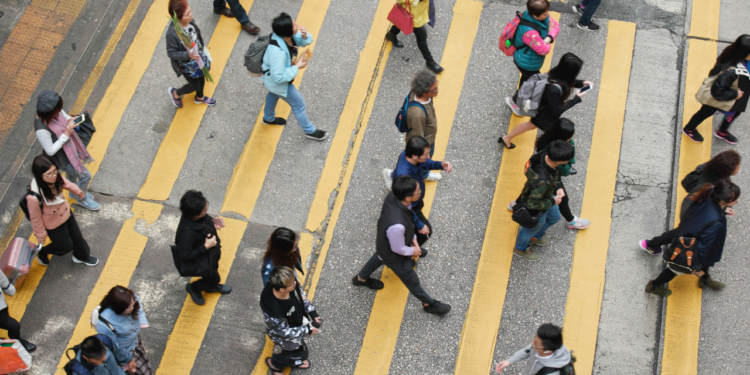What’s going on:
As the pandemic reached its peak, many people chose to flee from big cities, leading many to question whether this would be a long-term change.
According to data from the Census Bureau published on Thursday, the outward migration of city-dwellers is slowing down, reverting to pre-pandemic rates. This indicates that the initial exodus may have just been a temporary reaction to the pandemic.
Why it matters:
Out of the 15 largest metropolitan areas, the District of Columbia, New York City, the San Francisco Bay Area and Seattle all saw an increase in population or fewer losses compared to the previous year, according to an analysis conducted by William Frey, a senior demographer at the Brookings Institution.
Immigration has been a major factor in the growth of many counties and large cities; last year, the number of immigrants entering urban and suburban areas reached heights unseen since the Obama administration.
The US accepted 1 million immigrants as permanent residents last fiscal year, many of whom were drawn to larger metropolitan areas due to their existing linguistic and cultural communities.
How it’ll impact the future:
Julia Gelatt, a senior policy analyst at the Migration Policy Institute, emphasized that due to the US’s low birthrates, immigrants’ continued influx into the country will be essential to uphold the economy and keep cities alive.


 Dr. Gleb Tsipursky – The Office Whisperer
Dr. Gleb Tsipursky – The Office Whisperer Nirit Cohen – WorkFutures
Nirit Cohen – WorkFutures Angela Howard – Culture Expert
Angela Howard – Culture Expert Drew Jones – Design & Innovation
Drew Jones – Design & Innovation Jonathan Price – CRE & Flex Expert
Jonathan Price – CRE & Flex Expert










